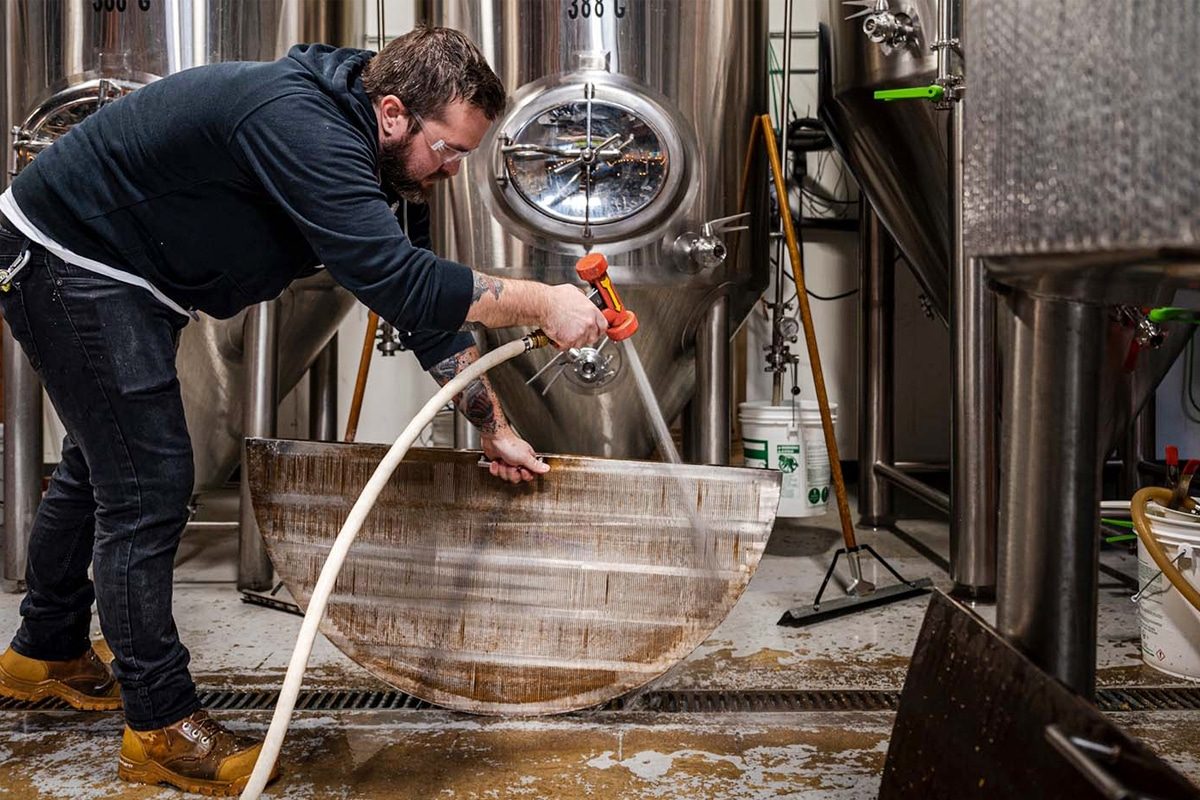
The Crucial Role of Sanitizing Brewery Equipment
In the alchemy of brewing, where malt, hops, water, and yeast come together to create liquid gold, there’s one often-overlooked ingredient that can make or break the end product: sanitation. While the artistry of brewing unique beer flavors fascinates brewers and enthusiasts, the foundation of any successful brew lies in the meticulous sanitization of brewery equipment. From the gleaming stainless steel vats of commercial breweries to the humble homebrew setup in your garage, ensuring that every surface is free of microbial contaminants is not just a recommendation, but a fundamental requirement.
In this article, we’ll delve into the complex world of brewery equipment sanitization, exploring its importance, methods, best practices, and the undeniable impact it has on the quality and safety of the beer we all know and love. So, does brewery equipment need to be sanitized? Let’s take a look.
Complete Guide
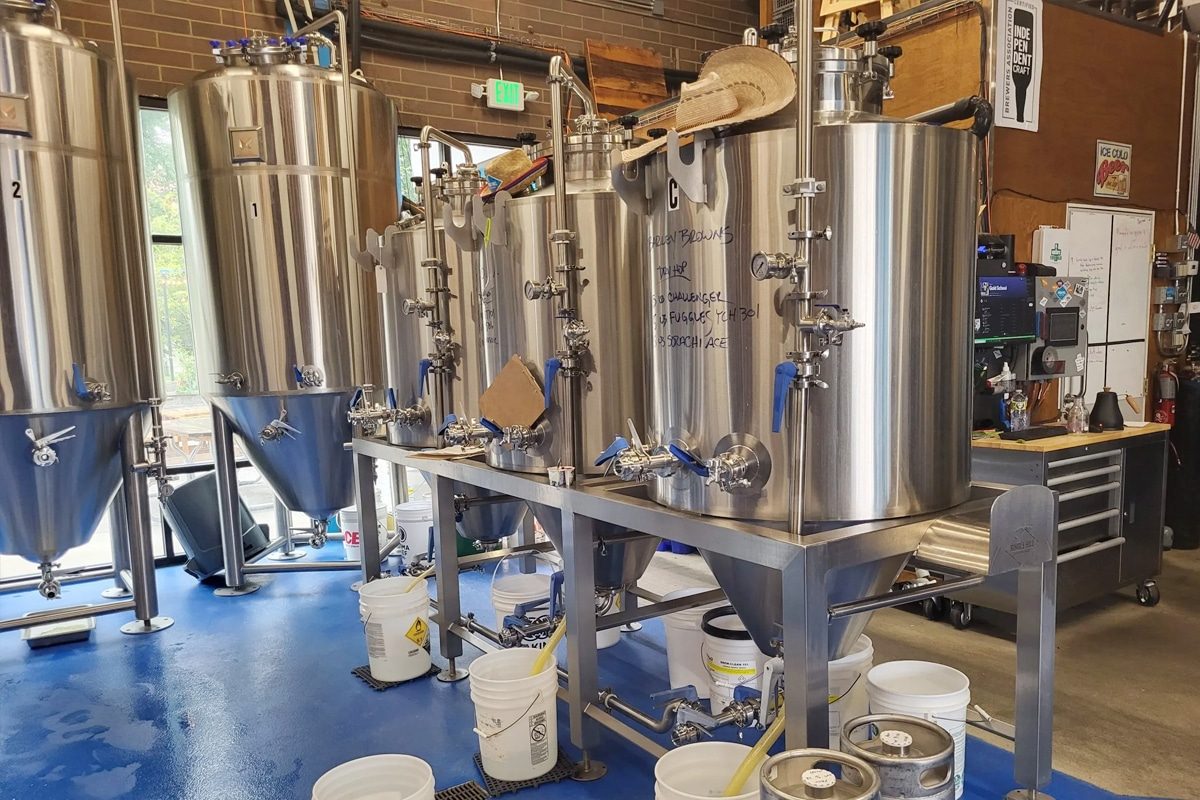
Understand The Importance of Disinfection
In the complex world of brewing, where precision and passion, science and art, are intertwined, the importance of sterilization cannot be overstated. This fundamental aspect of brewing is multifaceted and not only addresses the microbial threats lurking in every nook and cranny of brewery equipment, but also serves as a cornerstone of consistency, consumer health protection, and equipment longevity.
Microbial threats
At the heart of the need to sanitize brewery equipment is the ubiquitous threat posed by microorganisms. Bacteria, wild yeast, mold, and other invisible invaders lurk in every nook and cranny, waiting for an opportunity to wreak havoc on the brewing process. When these contaminants enter the delicate ecosystem of wort or beer, they can multiply at an alarming rate, causing a carefully crafted batch to become off-flavor, spoilage, or even completely ruined.
Consistency is key
Consistency is the cornerstone of a successful brewery. Whether you’re producing a flagship beer or experimenting with a new recipe, maintaining consistent quality helps win the trust and loyalty of discerning consumers. Sanitization of brewery equipment plays a key role in achieving this consistency. By eliminating potential sources of contamination, brewers can ensure that each batch of beer meets their strict standards, resulting in a product that delivers the same exceptional experience time and time again.
Protect consumer health
Beyond flavor and quality, there’s a more pressing concern: consumer health. While many of the microorganisms present in beer are harmless, some may pose serious risks if consumed in sufficient quantities. Pathogenic bacteria, toxins, and other harmful substances can multiply in improperly sanitized equipment, potentially leading to foodborne illness or other health complications. Therefore, disinfecting brewery equipment is not only to maintain the integrity of the beer, but also to protect the health of the people who will ultimately taste the beer. By adhering to strict sanitization measures, brewers are demonstrating their commitment to producing beer that is not only delicious but also safe to drink.
Extend equipment life
In addition to maintaining the quality of the beer itself, proper sanitization can extend the life of your brewery equipment. By regularly cleaning and sanitizing fermenters, bright tanks, hoses, and other brewing equipment, brewers can prevent the buildup of residue and mineral deposits that can corrode or damage equipment over time. This proactive approach to maintenance not only reduces the risk of costly repairs or replacements, but also ensures brewery operations are smooth and efficient, maximizing productivity and profitability in the long run.
The importance of sterilization during the brewing process cannot be overstated. From fending off microbial threats to maintaining consistency, protecting consumer health, and extending equipment life, the benefits of proper sanitization span every aspect of the brewing process. As a brewer, it is your responsibility to adhere to the highest standards of cleanliness and hygiene to ensure that every batch of beer delights the senses, nourishes the body, and is free from contamination.
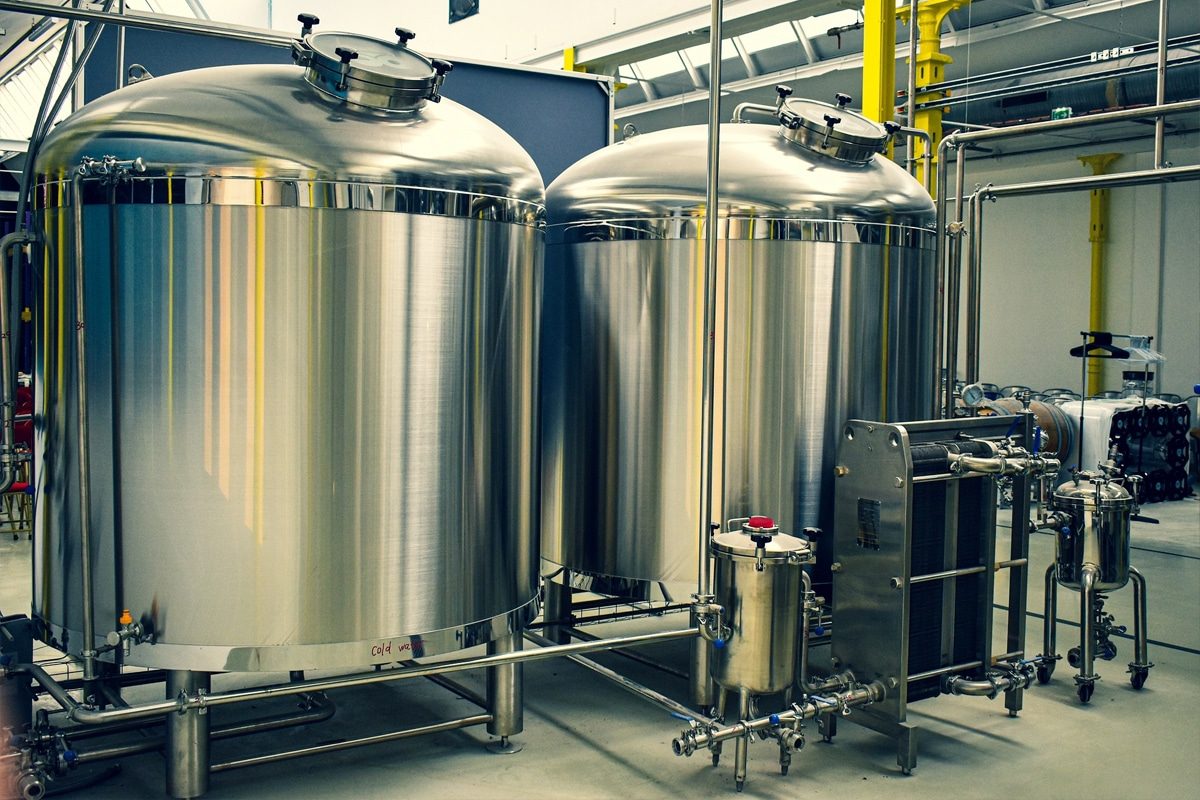
Disinfection Science
In the complex brewing ecosystem, where microorganisms exert a huge influence on the fate of each batch of beer, understanding the science behind sterilization is critical. It’s not just a matter of spraying a chemical solution on a surface or heating it, but a precise dance between science and art to eliminate the microbial threats lurking in the shadows. Let’s delve into the complexities of disinfection, from understanding microbial contamination to the inner workings of disinfectants and the factors that influence their efficacy.
Understanding of microbial contamination
To appreciate the importance of disinfection, we must first understand the nature of the microbial threats brewers face. Bacteria, wild yeasts, molds, and other microorganisms are everywhere in brewing environments, clinging to surfaces and lurking in the air, waiting for a chance to multiply. When these contaminants are introduced into wort or beer, they can multiply rapidly, causing off-flavors, spoilage, or even completely ruin a batch of product. Understanding the types of microorganisms, their sources and their potential impact on beer can help breweries develop effective sanitization strategies.
How disinfectants work
Sanitizers are a brewery’s frontline defense against microbial contamination, but how exactly do they work their magic? At its core, disinfectants are substances that inhibit or kill microorganisms, rendering them harmless or preventing their growth. The mechanisms by which disinfectants achieve this vary depending on the type of disinfectant used. For example, chemical disinfectants effectively kill bacteria, yeast, and mold by disrupting microbial cell membranes or denaturing essential proteins. Thermal disinfection, on the other hand, relies on elevated temperatures to denature enzymes and destroy cell structures, resulting in the death of microorganisms. Understanding how disinfectants work can aid in the effective disinfection of brewery equipment when choosing the right disinfectant for a specific application.
Factors affecting disinfectant efficacy
While disinfectants have powerful antimicrobial properties, their efficacy can be affected by many internal and external factors. Disinfectant concentration, contact time, temperature, pH, water hardness, and the presence of organic matter all play a vital role in determining how effectively microorganisms are destroyed. Additionally, the material composition and surface properties of brewery equipment can affect the ability of disinfectants to penetrate and eliminate contaminants. Understanding these factors and optimizing sterilization protocols accordingly ensures consistent and reliable brewing results.
Disinfection science is a multifaceted discipline that includes the understanding of microbial contamination, the mechanisms of action of disinfectants, and the factors that influence their efficacy. By delving into these intricacies, brewers can develop robust sanitization programs that protect against microbial threats, maintain the quality and safety of their beer, and uphold the standards of excellence that define the art of brewing.
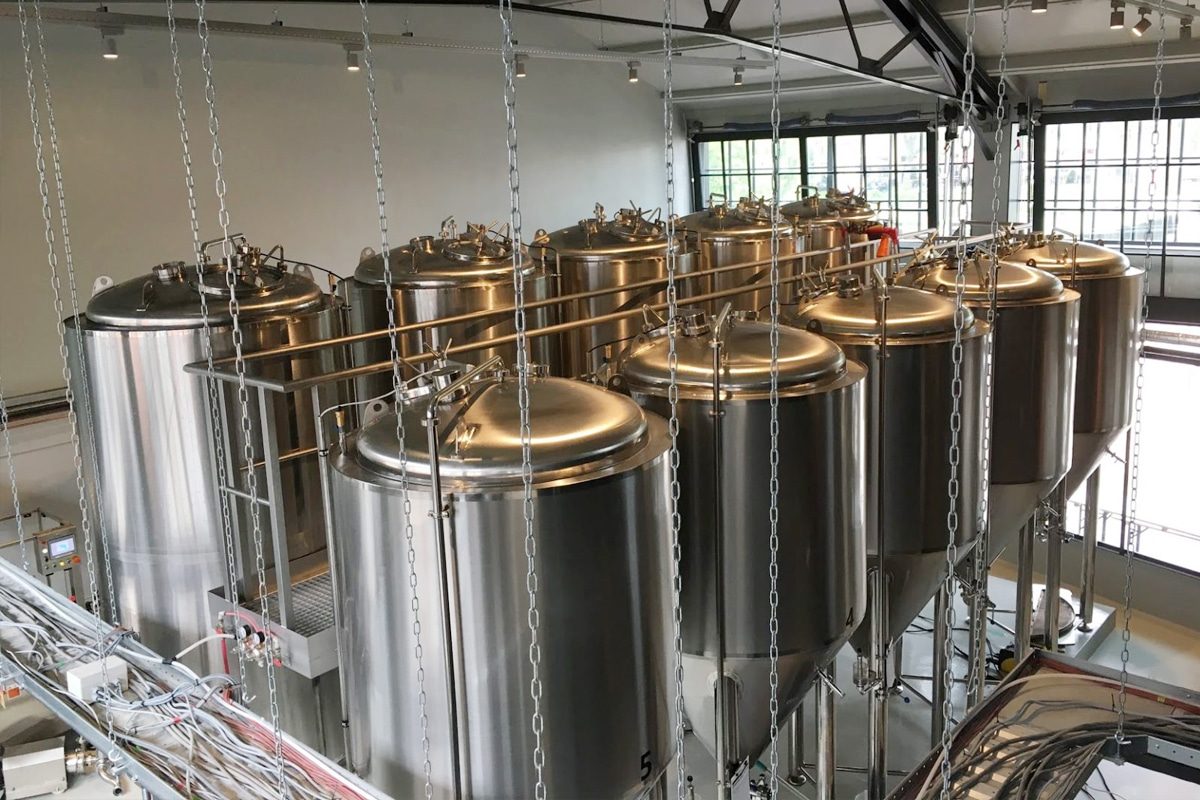
Explore Disinfection Methods
In the arsenal of tools breweries have at their disposal to combat microbial contamination, various disinfection methods stand out as tried and tested ways to ensure brewery equipment is clean and safe. From chemical solutions to heat, ultraviolet (UV), and ozone, each method has its unique advantages and applications. Let’s explore these methods in detail to understand their effectiveness and suitability for different brewery settings.
Chemical disinfectants
Chemical disinfectants are one of the most common methods of disinfecting brewery equipment. Compounds such as iodophors, chlorine-based disinfectants, and peracetic acid are effective in killing a wide range of microorganisms when used at the appropriate concentrations and contact times. These disinfectants work by destroying microbial cell membranes, denaturing essential proteins, or interfering with metabolic processes, ultimately leading to the death of the microorganisms. Chemical sanitizers are versatile and can be used to sanitize a variety of brewery equipment, from fermentation tanks and kegs to hoses and fittings. However, a thorough rinse is usually required to remove any residual chemicals that may affect the flavor of the beer.
Thermal disinfection
Heat is a powerful weapon in a brewery’s disinfection arsenal. Boiling water or steam can be used to effectively sterilize equipment, especially for heat-resistant materials such as stainless steel. The principle of thermal disinfection is to denature enzymes and destroy cell structures, resulting in the death of microorganisms. This method is particularly suitable for disinfecting heat-resistant equipment that can withstand high temperatures without damage. However, thermal sterilization may not be suitable for all equipment or materials, as excessive temperatures may cause damage or deformation. Careful attention to temperature control and exposure times can help complete disinfection of the equipment without compromising its integrity.
UV-C disinfection
Ultraviolet light (UV) in the UV-C wavelength range (200-280 nanometers) has a germicidal effect, destroying the DNA of microorganisms and rendering them inactive. UV-C disinfection is a chemical-free method that offers several advantages, including rapid disinfection, no chemical residue, and minimal impact on equipment materials. UV-C light penetrates microbial cells and damages their DNA, preventing replication and ultimately causing the microorganism’s death. This method is very effective against a variety of microorganisms, including bacteria, viruses, and mold. However, UV-C disinfection requires careful consideration of factors such as exposure time, intensity, and surface coverage to ensure thorough microbial control.
Ozone disinfection
Ozone (O3) is another powerful disinfection method used in the beer industry. As a potent oxidant, ozone effectively kills microorganisms by disrupting cell structure and metabolic processes. Ozone disinfection is particularly suitable for brewery water treatment processes and can be used to disinfect brewing water or clean equipment surfaces. Unlike chemical sanitizers, ozone leaves no chemical residue, making it an attractive option for breweries looking to minimize their environmental footprint. However, ozone can be dangerous if not handled properly, and appropriate safety measures must be taken to protect brewery personnel.
The various disinfection methods available to breweries emphasize the importance of maintaining a clean and hygienic brewing environment. Whether using chemical agents, heat, UV light, or ozone, each method has unique advantages and challenges, and factors such as efficacy, compatibility, and safety must be carefully considered. By exploring and understanding these methods, brewers can develop robust sanitization programs that prevent microbial contamination, maintain the quality and safety of their beer, and uphold the standards of excellence that define the art of brewing.
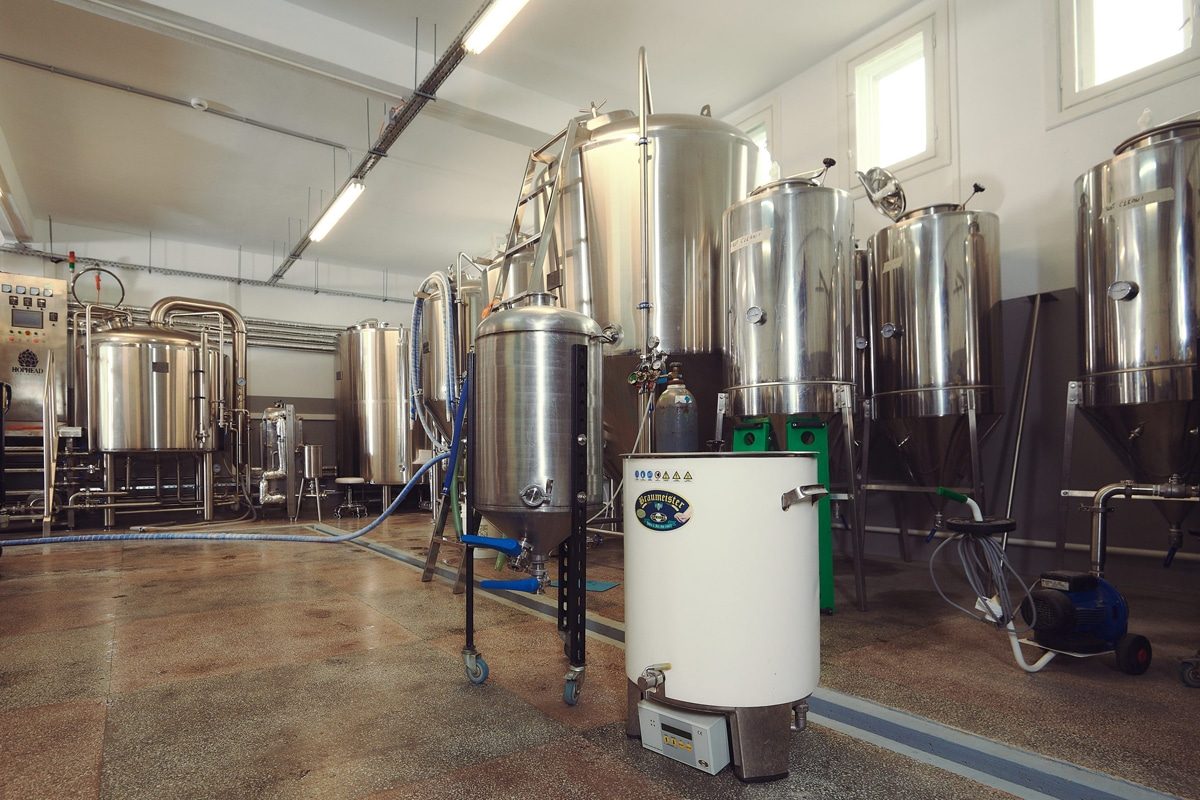
Disinfection Best Practices
In the intricate world of brewing, where precision and passion come together to create liquid art, adhering to best sterilization practices is crucial. From the smallest homebrewery to the largest commercial brewery, maintaining a clean and hygienic environment is vital in helping to produce high-quality, safe beer that delights consumers and earns the trust of beer drinkers around the world. Let’s explore the best sterilization practices every brewer should follow to ensure the success of their process.
Cleanliness first
Thorough cleaning must be carried out before disinfection. Cleaning removes visible dirt, grime, and residue from equipment surfaces and ensures that disinfectants have direct access to microbial contaminants. Without proper cleaning, sanitization efforts can be compromised, resulting in ineffective microbial control and potential flavor defects in the finished beer. Establishing a rigorous cleaning regimen as the first step in the sanitization process sets the stage for success and sets the stage for a clean and hygienic brewing environment.
Follow manufacturer's guidelines
Different disinfectants may have specific instructions regarding dilution, contact time, and application. It is crucial to follow the manufacturer’s guidelines to ensure effective sterilization and avoid any adverse effects on your beer. Deviating from recommended protocols can compromise the safety and quality of the final product, making compliance with guidelines a non-negotiable aspect of brewery sanitization. Whether using chemicals, heat, UV light, or ozone, brewers must consult the manufacturer’s instructions to optimize their sanitization regimen and achieve the desired results.
Monitor and maintain
Regular monitoring of disinfectant concentrations, equipment condition and overall disinfection effectiveness can help maintain high standards of cleanliness in your brewery. Implementing a strong quality control system that includes routine inspections, testing and documentation ensures that any deviations from established protocols are promptly identified and resolved. When it comes to brewery sanitation, prevention is always preferable to correction. By remaining vigilant and proactive, brewers can minimize the risk of microbial contamination and maintain the integrity of their beer.
Cultivate a hygiene culture
Good hygiene practices should be woven into the brewery culture from the top down. Encouraging employees to wear clean protective clothing, use sterilized tools and equipment, and minimize contact with surfaces that may introduce contaminants is critical to maintaining a hygienic brewing environment. Education, training and reinforcement of hygiene practices are key components in fostering a culture of cleanliness and accountability. By prioritizing hygiene at every level of the organization, brewers can create a workplace where safety, quality and excellence are the guiding principles.
Adherence to best sanitation practices is critical to maintaining a clean and sanitary brewing environment and producing high-quality, safe beer. By prioritizing cleaning, following manufacturer guidelines, monitoring and maintaining sanitization practices, and cultivating a culture of hygiene, brewers can uphold the standards of excellence that define the art of brewing and ensure the continued success of their brewery operations.
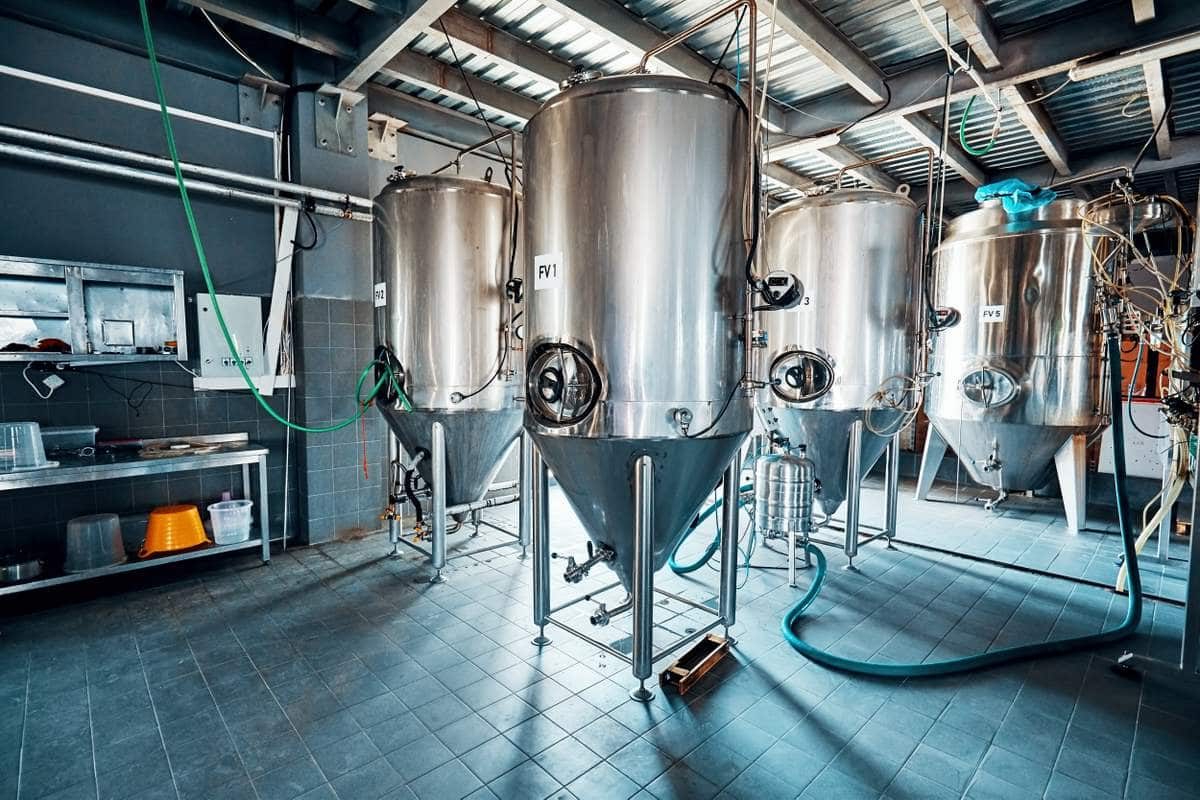
Summary
In the intricate world of brewing, the question of whether one needs to sanitize brewery equipment is not merely a matter of choice, it’s a fundamental requirement for success. Sanitization plays a crucial role in preserving the quality, consistency, and safety of beer, protecting it from the microbial threats that lurk in every corner of the brewery.
From the microbial menace to the importance of consistency, consumer health, and equipment lifespan, the reasons to prioritize sanitization are abundant and undeniable. Exploring methods such as chemical sanitizers, heat, UV-C light, and ozone reveals a diverse array of tools at brewers’ disposal, each with its strengths and applications. By adhering to best practices, including cleanliness, following manufacturer’s guidelines, monitoring and maintaining sanitization efforts, and cultivating a culture of hygiene, brewers can ensure that their beer meets the highest standards of excellence, delighting consumers and earning their trust with every sip.
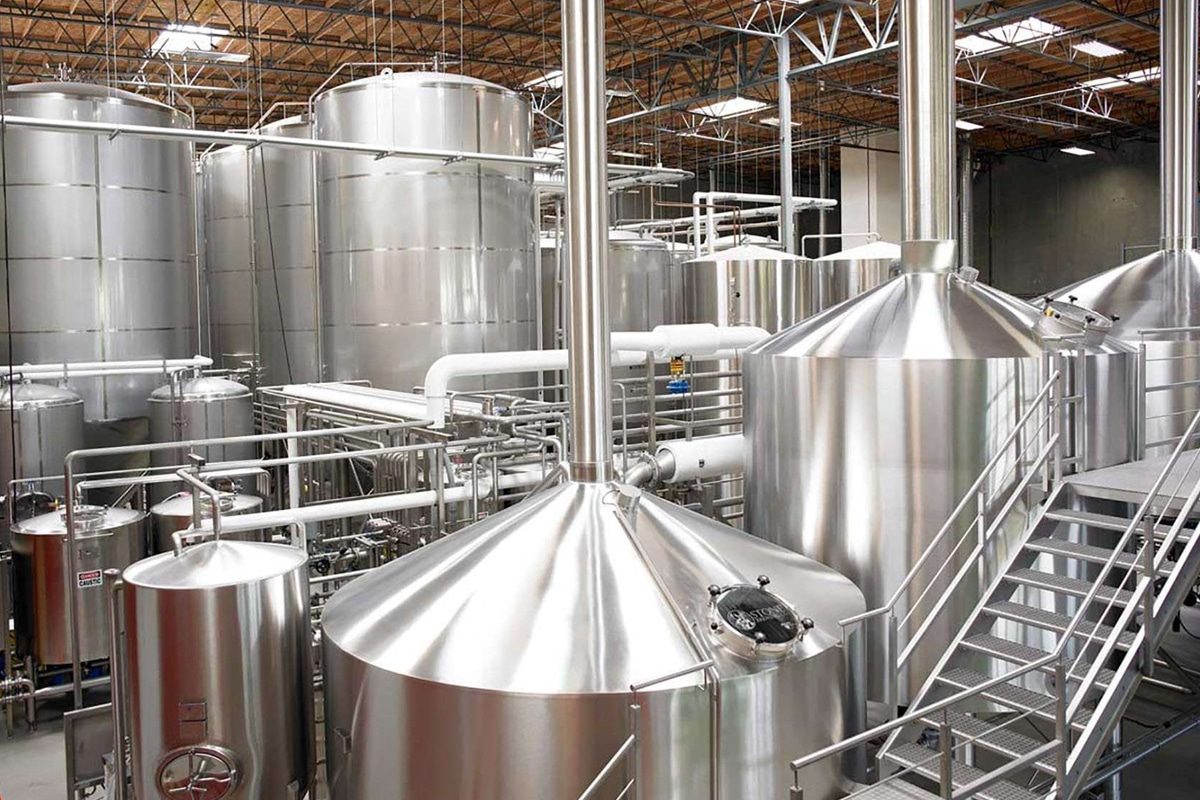
Get A Turnkey Brewery Solution
At ZYB Craft, we understand the critical importance of sanitizing brewery equipment in producing exceptional beer. As a professional brewery solution provider, we offer comprehensive turnkey solutions that encompass every aspect of brewery operations, including sanitization protocols.
Our turnkey brewery solutions include state-of-the-art equipment designed for ease of cleaning and sanitization, ensuring that microbial threats are effectively neutralized. From fermenters and bright tanks to kegs and bottling lines, our equipment is engineered to meet the highest standards of cleanliness and hygiene.
In addition to providing top-quality equipment, we offer expert guidance and support to help breweries implement robust sanitization practices. Our team of experienced professionals can assist with developing customized sanitization protocols, training staff on best practices, and optimizing cleaning procedures for maximum efficacy.
With ZYB Craft’s turnkey brewery solutions, brewers can rest assured that their equipment is thoroughly sanitized, their beer is of the highest quality, and their customers are safe and satisfied. Let us partner with you to elevate your brewery operations to new heights of excellence.



